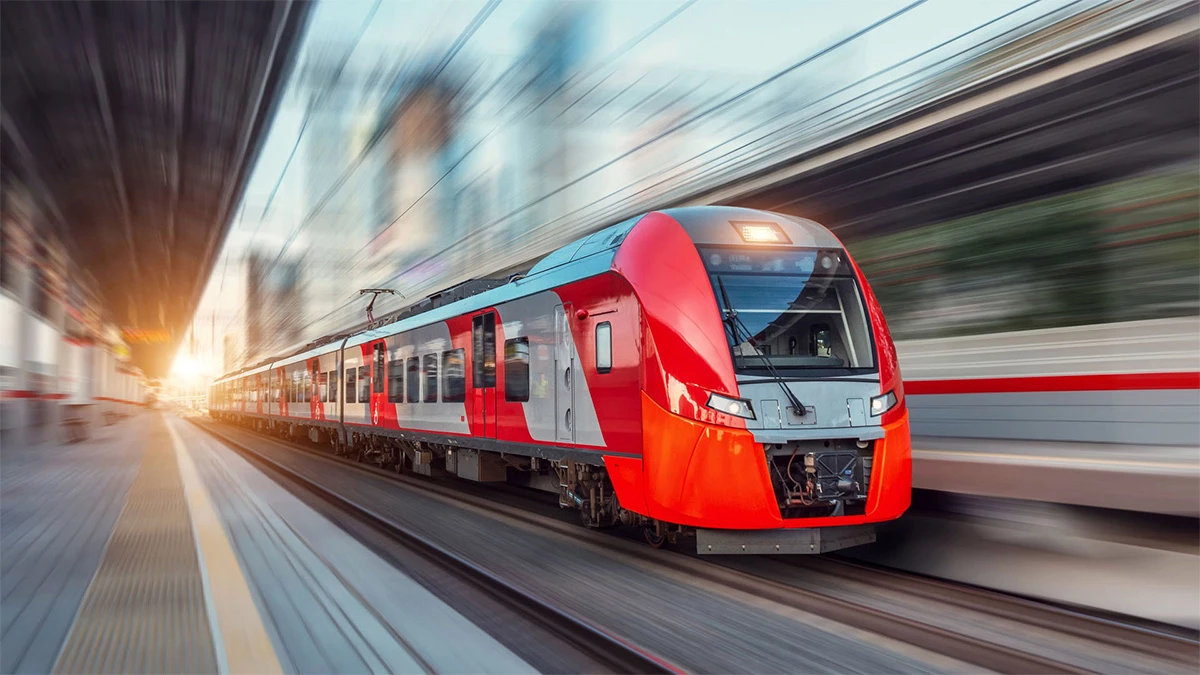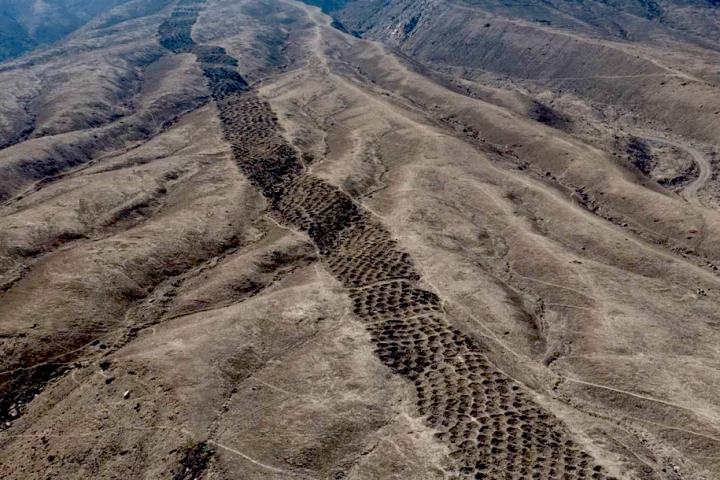Canada is set to begin work on a high-speed inter-city rail network – the largest infrastructure project in the country's history. Spanning 621 miles (1,000 km), its lines will help commuters travel between Toronto and Montréal – the two biggest cities in Canada – within three hours, or half the time it would usually take. The trains will go from Toronto to Quebec City, also stopping in Peterborough, Ottawa, Laval and Trois-Rivières.
The rail service, named Alto, will feature fully electric trains capable of speeds up to 185 mph (300 km/h) running on dedicated electrified tracks. According to Prime Minister Justin Trudeau's office, this will tackle the challenges of low-frequency rides and delayed trains that passengers currently face on the existing rail service, which runs on tracks owned by freight rail.
The new rail network will serve 18 million people – nearly half of Canada's population – across the Toronto-Quebec City corridor. It's expected to serve 13 times more passengers annually than the current service.
Transport Minister Anita Anand said that today’s announcement marks the end of phase one, and the beginning of phase two – the co-development phase. This will see Alto (a state-owned Crown corporation that shares the name of the rail service) and a transport infrastructure consortium called Cadence collaborate on track design, station placement, regulatory work, and consultations with Indigenous groups.

This will likely take about five to six years, and construction will begin only once this is completed. So, yeah, passengers will be waiting a while for their ride.
The co-development phase itself will cost about CA$3.9 billion (US$2.7 billion) over six years, and that's in addition to the CA$372 million (US$261 million) apportioned towards this project in last year's budget.
While it looks like Canada's got its ducks in a row, it remains to be seen if the government, under the country's next prime minister, will take the rail project forward once Prime Minister Trudeau is out of office. He resigned in January under pressure from the Liberal Party that he currently leads. Trudeau will stay on only until the party chooses a new leader. What's more, federal elections are also scheduled for later this year, so there could be quite a shake-up facing the rail project.
If Canada pulls this off, it will join the list of countries that have fast trains, including China, Japan, Germany, South Korea, Italy, and the UK. Japan was the first to build a high-speed rail service all the way back in 1964, while China has the world's largest network with 27,960 miles (45,000 km) of tracks nationwide.
Source: Prime Minister of Canada




